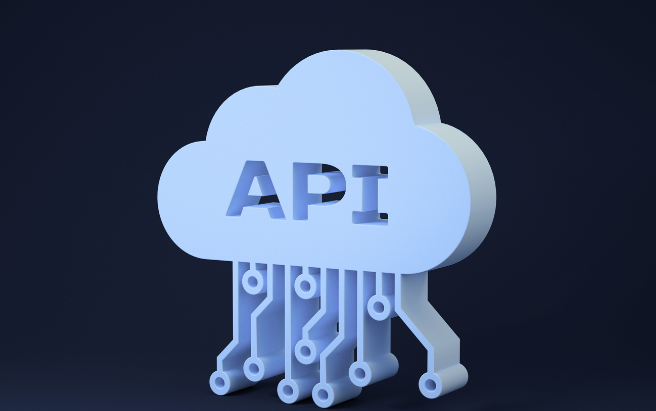In the rapidly evolving world of banking and financial services, the ability to innovate, and do it fast, has never been more critical. For decades, banks have relied on robust, yet inflexible, legacy systems. These platforms powered the core of banking operations, from customer onboarding to payments and risk management. But in today’s digital-first era, those same legacy systems are now seen as obstacles to agility, innovation, and customer experience.
The shift from legacy infrastructure to cloud-native solutions is no longer a question of “if,” but “when.” Yet, for many financial institutions, embarking on a cloud migration journey can seem daunting. Concerns over data security, regulatory compliance, integration with existing platforms, and potential disruptions often hold organizations back.
In this article, we’ll walk through a real-world migration from legacy to cloud in the banking sector, exploring the obstacles faced, solutions that delivered, and the tangible outcomes realized. Whether you’re an IT decision-maker, a transformation lead, or a curious industry watcher, you’ll gain actionable insights into what it really takes to modernize core banking operations in 2025 and beyond.
1. The Case for Migration: Why Banks Can’t Wait
- Competitive pressures: Digital challengers and fintechs are redefining customer expectations with instant onboarding, real-time payments, and 24/7 access.
- Operational costs: Maintaining aging mainframes and proprietary software drains IT budgets.
- Regulatory landscape: New regulations often require faster reporting and greater data transparency.
- Agility and scale: Cloud platforms offer scalability, rapid innovation, and the ability to launch new products faster.
2. The Legacy Challenge: What Holds Banks Back
- Monolithic architectures: Tightly coupled systems that are difficult to modify.
- Data silos: Fragmented customer and transaction data, limiting analytics and personalization.
- Security concerns: Fear of exposing sensitive data to breaches or compliance risks.
- Cultural resistance: Change management is as much about people as technology.
3. Planning the Journey: Setting the Foundation
- Assessment and roadmap: Inventory all legacy assets, define business priorities, and set clear migration goals.
- Stakeholder buy-in: Secure executive support and engage cross-functional teams early.
- Risk analysis: Identify potential data loss, downtime, or service interruptions.
- Choosing the right partner: Select vendors with proven expertise in banking migrations (FinConnect, etc.).
4. Real-World Example: A Bank’s Migration Story
Let’s look at [Anonymized Bank], a leading retail bank in the MENA region.
- The challenge: Legacy core banking system struggling to support new digital channels.
- Migration strategy: Adopted a hybrid cloud approach, moving non-critical workloads first, followed by customer-facing applications.
- Integration tools: Used FinConnect to bridge APIs between old and new systems, ensuring real-time data flow and business continuity.
- Obstacles faced:
- Data mapping errors during the initial migration
- Regulatory approval delays for cloud hosting
- Staff retraining and upskilling requirements
- Data mapping errors during the initial migration
- Solutions implemented:
- Automated data validation tools to minimize errors
- Dedicated compliance team to work with regulators
- Ongoing training and change management programs
- Automated data validation tools to minimize errors
5. Outcomes: What Success Looks Like
- Reduced time-to-market: New digital products launched in weeks instead of months.
- Cost savings: IT maintenance costs reduced by 30%, freeing up budget for innovation.
- Customer experience: Improved digital onboarding and faster loan approvals.
- Risk mitigation: Built-in monitoring and audit trails increased compliance confidence.
6. Lessons Learned and Best Practices
- Iterative migration: Start small, learn, and scale.
- Continuous monitoring: Use automated tools to track performance and spot issues early.
- Collaboration: Foster open communication between IT, business, and compliance.
- Future-proofing: Design for modularity and openness to plug in new fintech partners.
7. The Road Ahead: Building a Cloud-First Future
As technology and regulations continue to evolve, the shift to cloud is a journey, not a destination. The banks that embrace this transformation, learning from real-world migrations and investing in the right tools and people, will be best positioned to lead in the digital era.
Conclusion:
Ready to modernize your bank’s infrastructure? Contact us for a personalized assessment, or download our full migration checklist to get started.













